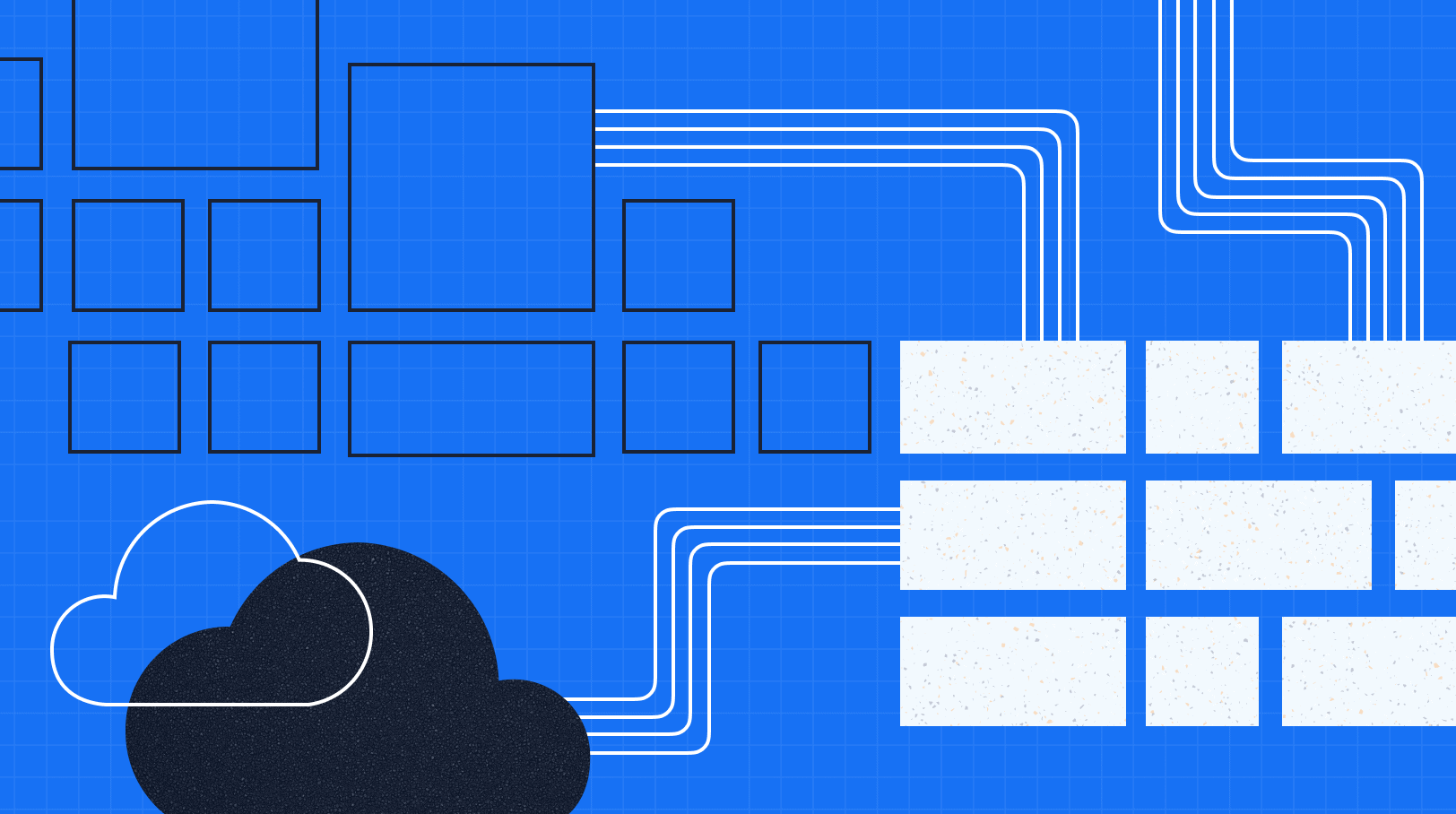5 Benefits of Developing with Containers

As technology evolves and business needs grow, developers are tasked with building and managing an extraordinary amount of complex applications. The bigger and more intricate an app is, the more difficult and time-consuming it can be to deliver new features or make mission-critical updates.
That’s where containerization comes in. Containerization is a virtualization technique that focuses on packaging apps into portable computing environments to make development more flexible and streamlined.
Let’s take a deeper look at what containers are and why they are an integral part of modern application development.
What is containerization?
When software moves from one environment to another — like from a developer’s laptop to a staging environment — challenges ensue due to differing operating systems (OSs) and infrastructures. These complexities prolong development, which in turn makes it increasingly difficult, time-intensive, and costly for organizations to build and deploy applications.
Containerization streamlines and simplifies the otherwise costly and difficult development process.
But containerization streamlines and simplifies this process. A container is an isolated unit of software that includes the code, dependencies, files, and other variables that are necessary to run an application. According to TechTarget, containers can access an OS kernel without the need for virtual machines (VMs). They are also packaged to be portable and reliable, so the same container can be deployed in any type of computing environment.
The top 5 benefits of containerization
The benefits of containerization reverberate throughout the entire application lifecycle — from development and iteration to deployment, operations, and support. Here are just a few of the reasons why developers are moving to containerization:
- Build it once, run it anywhere
- Resource and operational savings
- Accelerated development
- Smooth scaling
- Elevated productivity and opportunities
1. Build it once, run it anywhere
The most significant benefit of containers is that they are highly portable and platform-independent.
![]()
Developers can easily and reliably run applications in different environments, such as local desktops, physical servers, virtual servers, production environments, and public and private clouds.
This portability makes it easier to:
- manage applications between environments on-premises
- migrate applications to the cloud
- move applications from one cloud provider to another
2. Resource and operational savings
VMs can be a few gigabytes because they include an entire operating system as well as the application. A physical server running three virtual machines would have a hypervisor — a “host” operating system — and three separate “guest” operating systems running on top of it. Ultimately, VMs can monopolize an exorbitant amount of resources.
![]()
But containers are much smaller, only taking up a few megabytes. A server running three containerized applications in Docker only requires a single OS, and containers share the OS kernel. The size and portability of containers means that more are able to run on a single server.
With containerization, you won’t need as much hardware, resulting in a reduction of bare metal and data center costs. If you’re in the cloud, the efficiency of containers means you’ll spin the dials that determine your monthly or quarterly bill far more slowly.
3. Accelerated development
![]()
Containers are lightweight and don’t require an operating system boot, so they are able to be created, replicated, or destroyed in just seconds. This accelerates:
- development
- delivery
- operational speed
Releasing new software or updated versions is fast and easy. There are great opportunities to improve customer and employee experiences since containerization enables developers to act quickly — whether it’s fixing bugs or adding new features.
4. Smooth scaling
![]()
A container-based architecture allows for easy and powerful horizontal scaling by simply adding identical container instances. In the Mendix Cloud, this is accomplished by simply dragging a slider into the Mendix portal.
Containers support a true microservices approach to development. You can scale applications or parts of applications individually, as required, and without needlessly scaling others simultaneously.
This flexibility allows you to right-size each app to reflect its unique usage patterns, reduces your resource costs drastically, and accelerates ROI on the platform. Horizontal scaling of container-based applications has been used to this effect by major vendors like Google and Twitter for years. And with platforms like Mendix, this technology is now broadly available.
5. Elevated productivity and opportunities
A container-based infrastructure promotes an effective development pipeline. Containers ensure that applications run and work anywhere as designed locally.
![]()
The elimination of environmental inconsistencies makes testing and debugging less complicated and less time-consuming, since there are fewer differences running your application on your workstation, test server, or production environment.
The same goes for updating your applications. You simply modify a configuration file, create new containers, and destroy the old ones — a process that can be fully automated. Also, container-based applications are easier to back up and version control, making it possible for you to roll out or roll back with zero downtime (a game-changer in application support).
Recap
Just to recap what we have learned, containerization — a virtualization technique that focuses on packaging apps into portable computing environments to make development more flexible and streamlined — offers a superb alternative to what is otherwise a costly and difficult development process.
Our key takeaway is that, while the benefits of containerization might vary from organization to organization, anyone working with application containerization can count on a streamlined and simplified development process.
